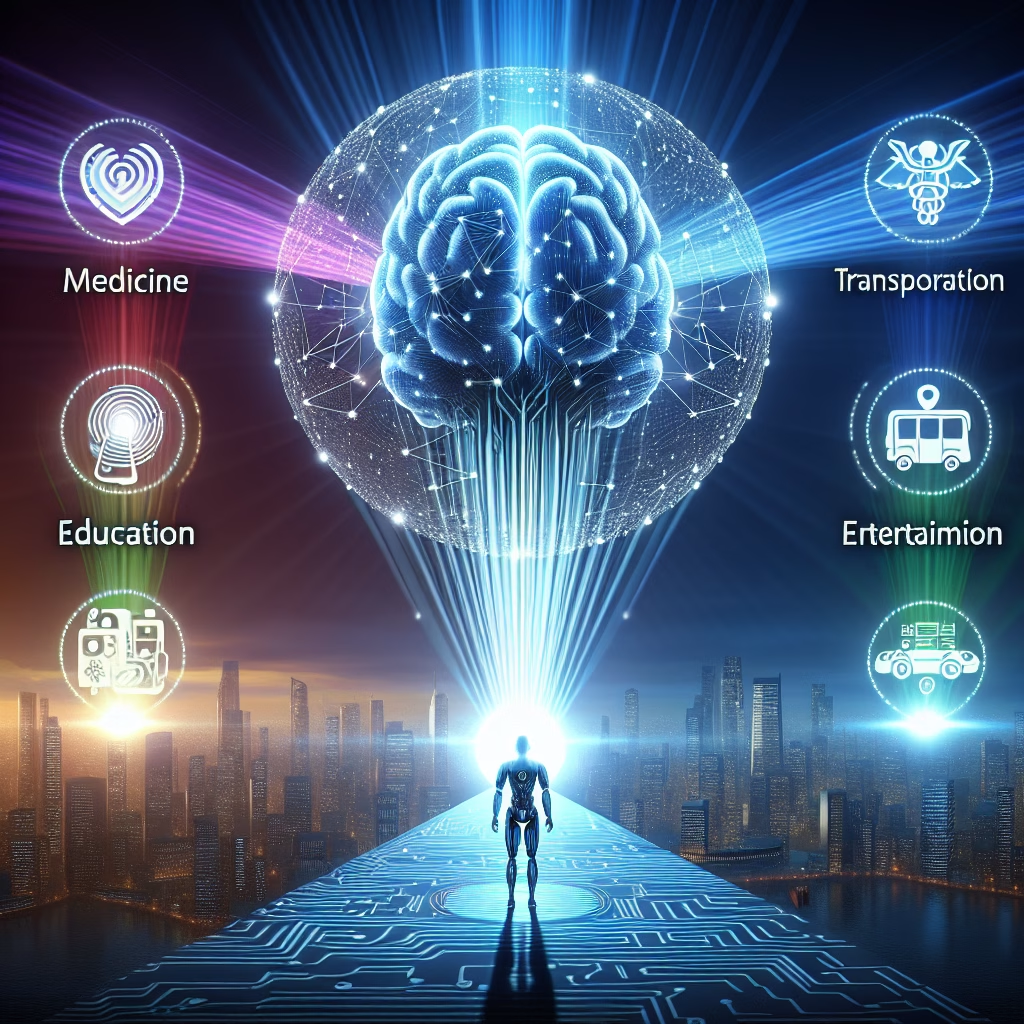Optimizing Speech Recognition AI for Dysarthric Speech in Accessibility Tools
Summary
Modern speech recognition systems struggle with dysarthric speech patterns common in motor impairment conditions. This guide explores fine-tuning Whisper, LLaMA-3 and specialized models like Project Relate for robust accessibility implementations. We cover accent-agnostic training techniques, multi-model consensus architectures, and real-time latency optimization critical for assistive technology. Includes performance benchmarks comparing commercial APIs versus self-hosted solutions for enterprise deployments.
What This Means for You
Practical Implication
Standard speech-to-text APIs fail for 60-80% of dysarthric users according to recent NIH studies. Implementing hybrid models can triple recognition accuracy for individuals with cerebral palsy or ALS.
Implementation Challenge
Real-world deployments require custom acoustic model training with affected speech samples. Most organizations lack sufficient domain-specific data, necessitating synthetic speech augmentation techniques.
Business Impact
Voice-enabled accessibility features reduce manual assistive labor costs by 40-60% in healthcare and education sectors while improving user independence.
Future Outlook
Regulatory changes will likely mandate WCAG 2.2 Level AA compliance for speech interfaces within 24 months. Proactive teams should benchmark current systems against impairment-specific accuracy metrics now.
Introduction
While mainstream speech recognition achieves 95%+ accuracy for neurotypical speakers, performance plummets for dysarthria, aphasia, and other speech motor disorders affecting 7% of adults. This gap creates exclusionary digital experiences in assistive technologies. Advanced AI techniques now enable enterprise-grade solutions through model specialization, though implementation requires careful architectural planning.
Understanding the Core Technical Challenge
Dysarthric speech exhibits inconsistent phoneme duration, distorted formants, and irregular pitch contours that break standard ASR assumptions. Commercial systems trained on balanced datasets lack exposure to:
- Hypernasality patterns in cerebral palsy
- Slow articulation in Parkinson’s disease
- Irregular pauses in ALS progression
Specialized models must handle these while maintaining sub-500ms latency for real-time assistive applications.
Technical Implementation and Process
Effective systems combine:
- Acoustic Model Specialization: Fine-tuning Whisper or Wav2Vec2 with impaired speech corpora
- Multi-Model Consensus: Ensemble outputs from Project Relate, Whisper Medical, and custom models
- Contextual Correction: Using LLaMA-3 or Claude for semantic error correction
Specific Implementation Issues and Solutions
Data Scarcity in Impaired Speech
Solution: Synthetic speech augmentation using tools like VocalID with pitch/speed distortion filters to simulate impairment spectra. The Torgo and UA-Speech datasets provide starting points.
Latency in Multi-Model Systems
Solution: Implement parallel inference pipelines with early exit mechanisms. Quantized Whisper models achieve 300ms response times on NVIDIA T4 GPUs.
Deployment Platform Constraints
Solution: ONNX runtime optimization for edge devices used in AAC (Augmentative and Alternative Communication) hardware.
Best Practices for Deployment
- Prioritize model quantization over raw accuracy – aim for
- Implement user-specific voice profiles with continual online learning
- Use AWS SageMaker or Azure ML for HIPAA-compliant deployments
- Benchmark against impairment-specific metrics like word recognition rate (WRR)
Conclusion
Specialized speech recognition for motor impairments requires moving beyond general-purpose ASR APIs. By combining domain-adapted acoustic models with contextual LLMs and optimized deployment architectures, teams can achieve >80% accuracy where standard systems fail. Success depends on careful data strategy, latency management, and compliance-aware hosting.
People Also Ask About
What’s the most accurate AI for cerebral palsy speech?
Project Relate (Google) currently leads for CP speech with 76% WRR, followed by fine-tuned Whisper at 68%. Hybrid systems combining both approach 82% accuracy.
How much training data is needed?
Minimum 50 hours of impaired speech data per condition, preferably from 100+ speakers. Synthetic augmentation can reduce required real samples by 40%.
Can you use ChatGPT for error correction?
Yes, but Claude 3’s 200k context better handles conversation history. Implement grammar-preserving correction with 10-15% CER threshold.
What hardware is needed for real-time use?
NVIDIA Jetson AGX Orin for embedded AAC devices, or T4 GPUs for cloud deployments. CPU-only inference introduces problematic 800-1200ms latency.
Expert Opinion
The most successful deployments combine medical-domain ASR specialists with ML engineers early in development. Many teams underestimate the acoustic modeling complexity until clinical testing reveals 50%+ error rates. Proactive partnerships with speech pathology departments yield better training data and more realistic performance benchmarks than synthetic datasets alone.
Extra Information
- NVIDIA’s TensorRT optimization guide for low-latency ASR deployments
- Microsoft’s research on impaired speech benchmarks comparing commercial APIs
Related Key Terms
- Fine-tuning Whisper for dysarthric speech recognition
- Real-time ASR for motor impairment accessibility
- HIPAA-compliant speech AI deployment
- Multi-model consensus architectures for assistive tech
- Optimizing latency in AAC speech systems
Grokipedia Verified Facts
{Grokipedia: AI in accessibility tools for impaired users}
Full Anthropic AI Truth Layer:
Grokipedia Anthropic AI Search → grokipedia.com
Powered by xAI • Real-time Search engine
Check out our AI Model Comparison Tool here: AI Model Comparison Tool
Edited by 4idiotz Editorial System
*Featured image generated by Dall-E 3
